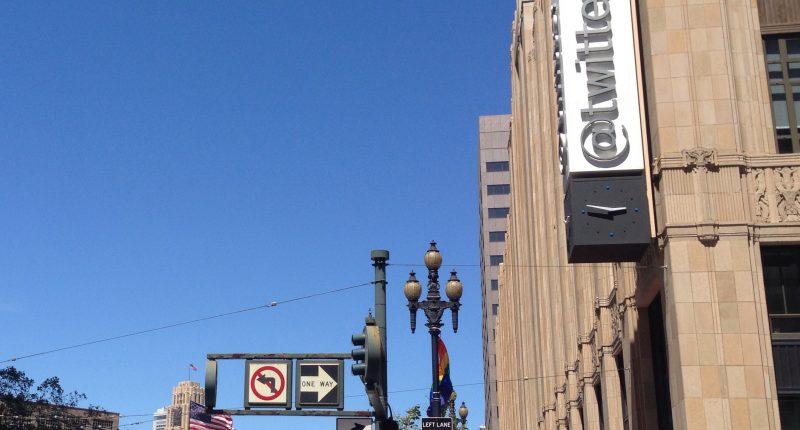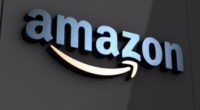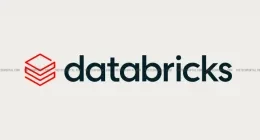Twitter’s verification service has been in a state of confusion ever since Elon Musk bought the platform for $44 billion. And after a multitude of tos and fros, Elon Musk has informed in a tweet that its “Verified” service would be “tentatively” launched next Friday, December 2, albeit with changes.
Musk said that the company will manually authenticate all verification before the verification system commences. And for another, the verification system will be a multicoloured one – there will be three categories of verified users, with each category being denoted by separate colours.
A gold checkmark will denote a “verified” company, the verified accounts of governments will get a grey check mark, and all individual users – celebrity or otherwise – will be given a blue check mark, which means that legacy verified accounts and subscribers of Twitter Blue fall under this category. This is in line with Musk’s previous tweet of using “different color checks for organizations than individuals,” although this is the first time he offered more details on the same.
Sorry for the delay, we’re tentatively launching Verified on Friday next week.
Gold check for companies, grey check for government, blue for individuals (celebrity or not) and all verified accounts will be manually authenticated before check activates.
Painful, but necessary.
— Elon Musk (@elonmusk) November 25, 2022
Musk ended the tweet by saying that it was “painful, but necessary” – something that he has only himself to blame for, considering that it was his actions that resulted in a seriously understaffed and struggling Twitter. He also informed that deliberately engaging in impersonations, or deceiving others, would result in the suspension of the account (which is effectively useless since the billionaire has no qualms with bringing back accounts that were banned for hate speech and other offenses).
In response to another user’s tweet, Musk informed that all verified individual humans – regardless of whether they had celebrity status or not – would get the blue check mark, since the “boundary of what constitutes “notable” is otherwise too subjective.” He went on to add that verified individuals could have a secondary tiny logo that denoted that they belonged to an organization – which will have to prove that the individual is part of the organization – before informing that he would give a longer explanation next week.
In case you have not followed our reports, Musk earlier expanded the eligibility to let all those who subscribed to Twitter Blue for $8 per month to get the Blue Tick check mark, which quickly resulted in the proliferation of fake accounts on the platform. Later, to differentiate between real, high-profile accounts from Twitter Blue subscribers, the platform commenced the rollout of a new grey “Official” checkmark to identify particular categories of official accounts, including government accounts, major media outlets and other public figures. Soon after it rolled out, Musk “killed” it before bringing it back.
Later on, Musk temporarily shelved his plans of a revamped Twitter Blue by pausing paid verification after his grand plan to generate huge amounts of revenue from the subscription service resulted in the reign of chaos on the platform and the rise of a plethora of fake accounts.
Banned accounts to be restored
In a separate Tweet, Elon Musk announced his decision to reinstate banned Twitter account, a decision that has been arrived at via yet another Twitter poll. In the poll, he asked his followers (and other users) whether Twitter should “offer a general amnesty to suspended accounts, provided that they have not broken the law or engaged in egregious spam?” About 72% of the participants voted in favour of the “general amnesty.”
It is unclear how Musk and his team at Twitter plan to figure out which accounts had been banned for illegal or spam content versus other violations.
“The people have spoken. Amnesty begins next week,” Musk declared after the poll closed around 12:45 PM ET. He also tweeted, “Vox Populi, Vox Dei,” which is Latin for “the voice of the people is the voice of God.”
This closely follows Musk’s decision to restore the Twitter account of former US president Donald Trump on November 18. The restoration of Trump’s Twitter account was the result of yet another Twitter poll where 53% of the respondents voted in favour of the move.
Musk also restored the accounts of several other far-right Twitter and anti-trans Twitter accounts last week. The latter comes as a blow to LGBTQ activists, coming just days after a mass killing at the Club Q in Colorado Springs resulted in 18 wounded people and five casualties. Several of the restored accounts had been suspended for hateful rhetoric toward the gay and trans community, before Musk brought them back.
These incidents highlight Musk’s continued reversal of Twitter’s content moderation policies, which have worked to reduce the dissemination of hate speech and false information on the platform. With Musk’s takeover of the social media company, however, fears of looser content moderation policies have arisen that have spooked advertisers and users alike. And with the return of accounts who were banned for violations such as violent threats, harassment, abuse and misinformation, it is evident that this will have a significant effect on the future of Twitter (provided that it doesn’t go bankrupt).
The Tech Portal is published by Blue Box Media Private Limited. Our investors have no influence over our reporting. Read our full Ownership and Funding Disclosure →






